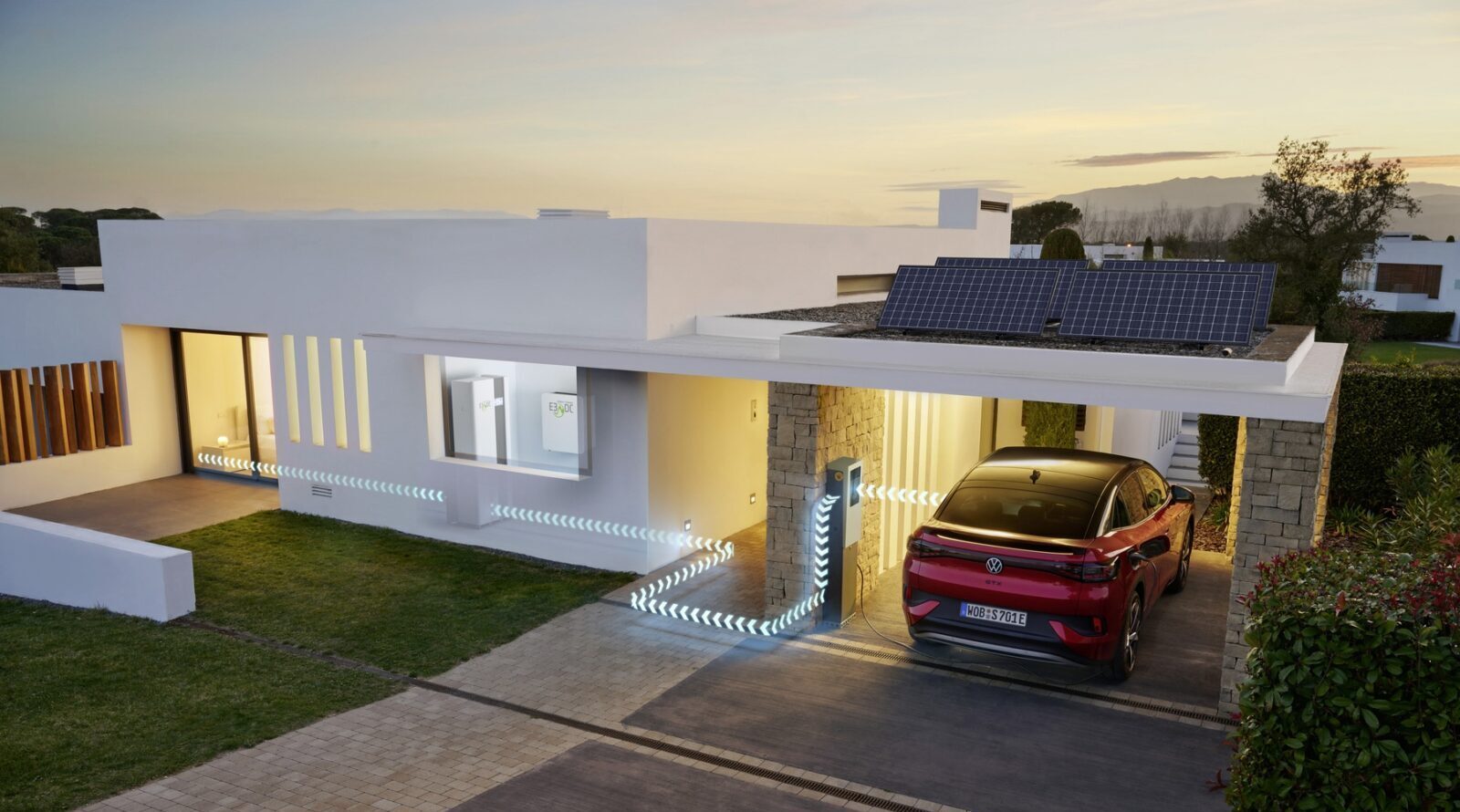Household vehicles were driven an average of 64.6 minutes on a typical day in 2022 (including all trips made that day) and parked for the remainder of the time (95%). Drivers in all Metropolitan Statistical Areas (MSAs) averaged between 61 minutes and 68 minutes per day with the longest driving time of 67.6 minutes for those in MSAs with 1-3 million people. Household vehicles being parked for 95% of a 24-hour day offers opportunity for EV charging.
While it is true cars are parked the vast majority of any typical day, the lack of charging infrastructure is the actual hurdle.
Many people with homes do not have garages or other locations with accessible outlets. Parking on the street is extremely common in dense neighborhoods.
Many people live in apartment complexes with either open parking lots or with sheltered spaces that don’t have electricity.
Both can be solved with more infrastructure for charging and more EVs that can plug into regular outlets for slow charging.
Both can be solved with more infrastructure for charging and more EVs that can plug into regular outlets for slow charging.
Level 1 charging (regular 120v house outlet) is underappreciated. Even for drivers that can only get 10%-25% charge added per day during parked times, that can be a game changer which would otherwise have them chasing Level 3 (DC fast chargers) at times when they’d really just like to be at home.
The most underappreciated charging in my opinion is Level 2 is NEMA 6-15. These are 240v lines with 15A. These use the exact same wire as the 120v 15A wall outlet. This means that if you only have your garage outlet for charging, you can simply swap a breaker on one end and the outlet on the other and make no changes to the wiring connecting them. While you may only get 3 miles per hour charging on a 120v 15A outlet, that same wire can give you 11 miles per hour just by switching it to 240v. Thats almost triple the charging speed and for many would mean all of their charging needs are met at home without any new wiring being run!
240V lines have two legs running through the breaker. So unfortunately it isn’t just as easy as swapping at both ends, you have to pull another wire for the 2nd leg.
Edit: I was curious and looked it up - it is two hot without a neutral, so the OP comment is actually correct! TIL
I don’t have the capability to use a level 2 charger at my home, but with my current work schedule, I’m fine with level 1. I’ll usually start charging for the week for a Tues commute on Sunday, and use that charge the rest the week as I only go in two days a week (thankfully). Around town trips hardly impact range as they’re typically only a few miles round trip.
If I have to go in more often then I might have to use a DCFC, and while thats about 3x the cost of charging at home, its still $12-$15 in my area depending on charge level and is 15-20min max time. If the charger is at a gas station or area with amenities then usually by the time I’m done doing whatever (food/restroom/browsing) it’s about done.
For my situation it’s been working pretty well!
I’m pretty much in the same boat, but I charge pretty much every other day since I have a 35 kw leaf and drive minimum 30 miles a day, but it can nearly fully charge over night. I actually purchased a charger that has an adjustable power output to charge slower at night, for various reasons. I go to a fast charger maybe once a month for a quick boost since I don’t have 240v set up at home yet (I’m lazy and it works fine, it’s hard to justify getting it installed when it costs <$50 a year at a public charger for those boosts).
I’m not sure if it’s all that much better for the battery to charge slower than the full level 1, but my battery has been sitting at ~75% capacity since I bought it used a few years ago and I’ve put about 30,000 miles on it since then.
I drive 20 miles each way twice a week for work so the 180-200 miles at 80% is plenty for the normal week with my id.4. I think thats pretty expected range for my 3yo car, lol.
Switching to a NEMA 5-20 is easier and most modern houses are already wired to support it with no changes other than the plug which is a 5 minute job. (Don’t just assume you’re okay though, get it checked out) you also don’t give up what might be your only accessible plug for 120v things.
That’ll take you from 7kmh to 11/12kmh which doesn’t seem like much but is actually quite a lot when the average commute in the USA is already less than what a 5-15 will do. Easily an extra 50km a day if its parked after work. The 5-20 also makes it more capable during the winter months.
I have a small commute into town and have been fine on a regular 120v plug the entire time.
The only time it’s annoying is when we come home from a road trip and we didn’t charge longer to get home with more. Then it takes days to build up (which is fine our commute is small) but for emergency situations I’d kinda rather have it be higher faster.
Edit: all that being said though… efficiency wise 120v takes a hit and $ per kw/h you are paying more to use 120v
Switching to a NEMA 5-20 is easier and most modern houses are already wired to support it with no changes other than the plug which is a 5 minute job.
A 20A circuit would require 12AWG wire (yellow romex) to maintain code in the USA and Canada. I can’t say I see that as common garage wiring in the houses I’ve seen. Most have 14AWG (white romex) which would limit it to 15A outlet (120v or 240v are both fine though).
Are those modern or older?
I was under the impression it was standard now? Maybe Canada vs US difference?
Edit: not standard as in code, just that it’s what usually happens now.
My house was built in the last 15 years and has white romex (14AWG) to the garage outlets. I don’t know about a house built brand new today.
Well I might be wrong then, I thought 15 years would definitely be like that.
Why charge something if it’s not being used 95% of the time anyways.
For the 5%. The point is, you can charge very slowly and even, say, one overnight charge a week will be enough for a week’s driving for many and you’ll have more than 7 opportunities to get it. There’s massive leeway in many (but not obviously all) cases. I know I could slow charge at every location I might park for a longer time in my current daily life.
Exactly, I don’t understand the downvotes. If something as big as a car is only used 5 % of the time, the headline shouldn’t be how we can waste more resources on this useless item, but how we can reduce those items and increase the usage time.




